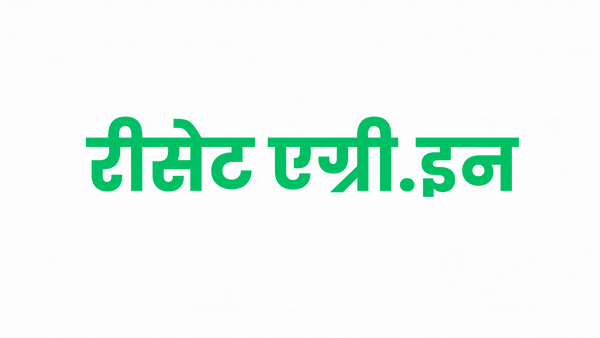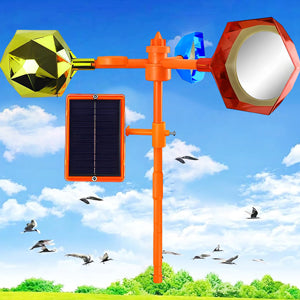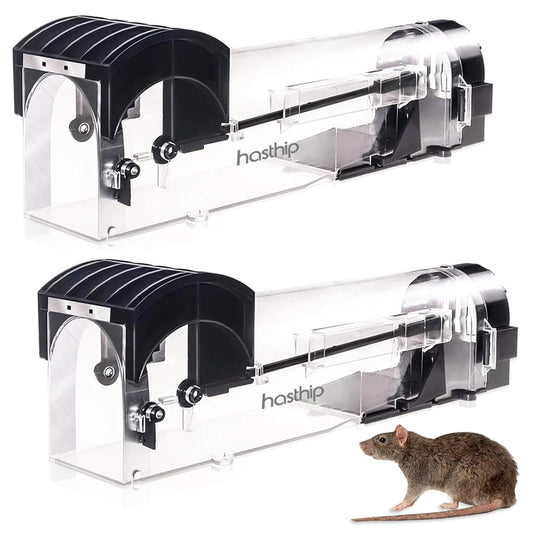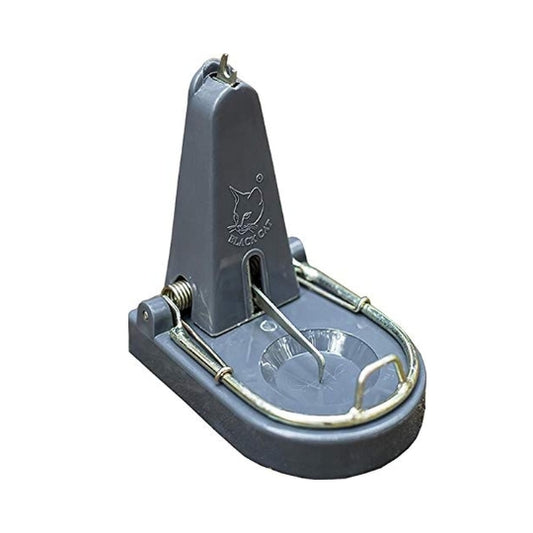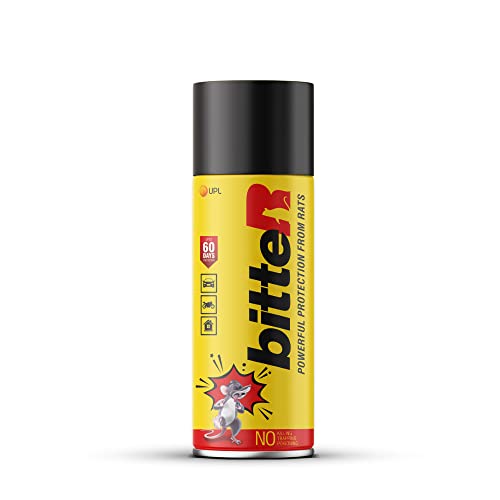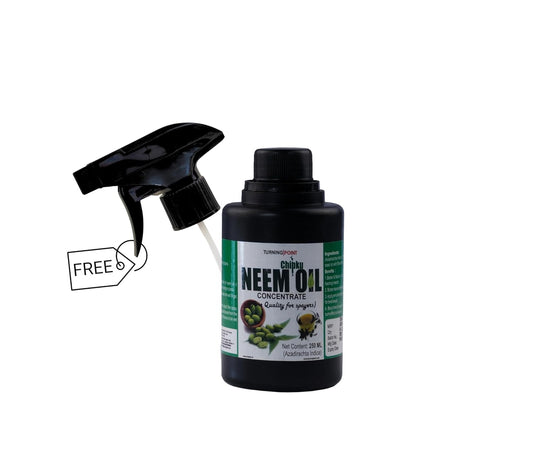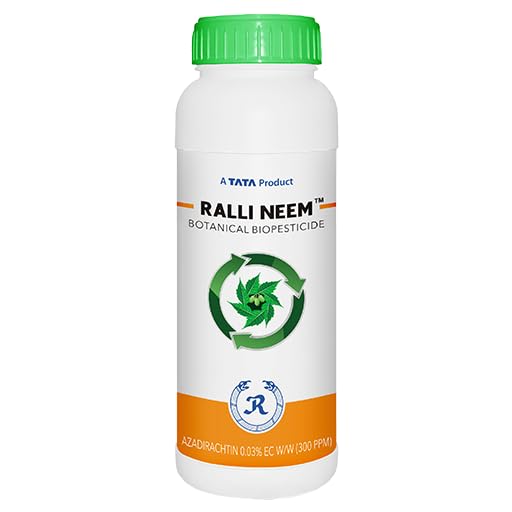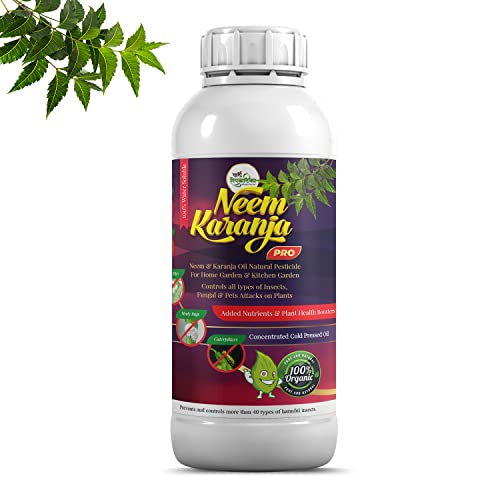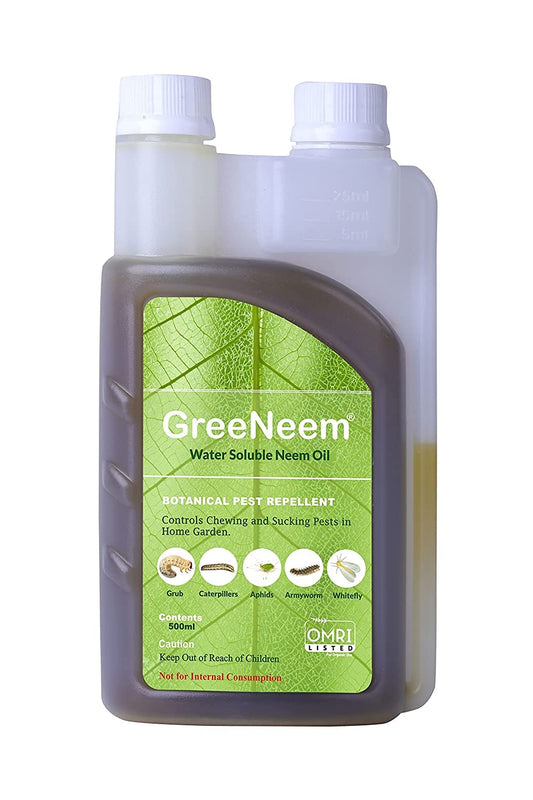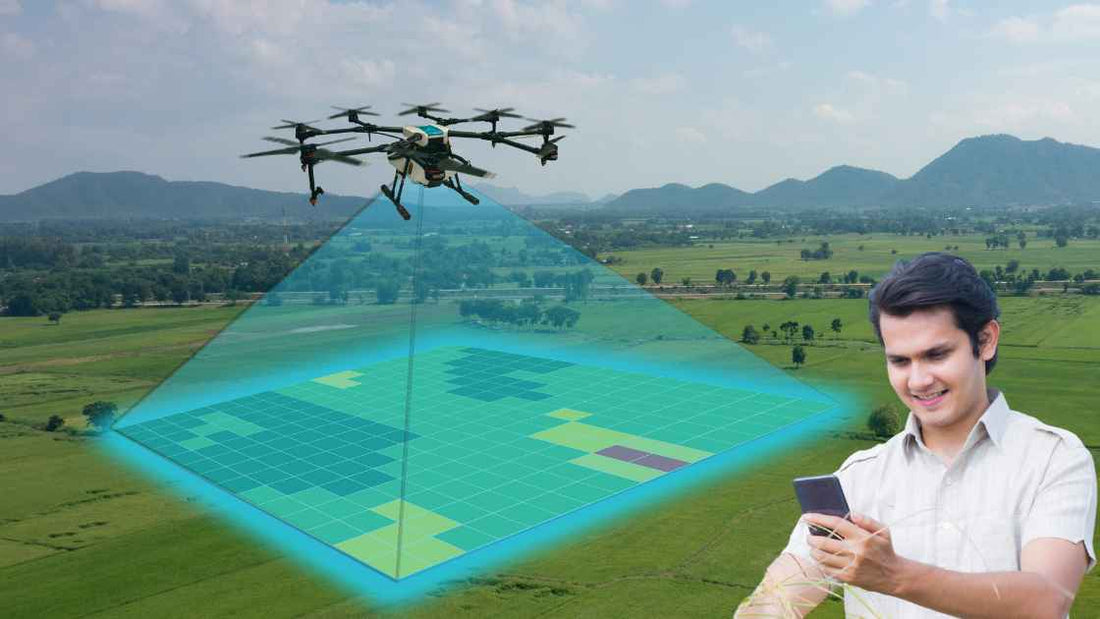
What are applications of drones in agriculture?
Share
A drone, also known as an unmanned aerial vehicle (UAV), is an aircraft that is remotely controlled or operated autonomously without a human pilot on board. Drones are equipped with sensors, cameras, and other types of payloads that enable them to perform a wide range of tasks, from aerial photography and videography to surveying and surveillance.
Drones can be controlled using a remote control or through a computer or mobile device. Some drones can also be programmed to fly autonomously using GPS technology and predefined waypoints.
In recent years, drones have become increasingly popular in various industries, including agriculture, construction, transportation, and filmmaking, due to their ability to perform tasks that are difficult or dangerous for humans to undertake. They are also used for scientific research, search and rescue operations, and military applications.
There are various types of drones available, each designed for specific purposes and with different capabilities. Here are some of the most common types of drones:
Multi-Rotor Drones: These are the most popular type of drones and are commonly used for recreational and commercial purposes. Multi-rotor drones are equipped with multiple rotors that enable vertical take-off and landing and provide stability and maneuverability in the air.
Fixed-Wing Drones: Fixed-wing drones are designed like airplanes and use forward motion to generate lift. They are ideal for covering large areas and conducting longer missions, such as mapping or surveying.
Hybrid Drones: Hybrid drones combine the features of both fixed-wing and multi-rotor drones, enabling them to take off vertically and then switch to forward flight, providing increased endurance and versatility.
Single-Rotor Helicopter Drones: These drones use a single rotor to provide lift and control in the air, making them ideal for heavy lifting, such as delivering payloads or conducting search and rescue missions.
Nano Drones: Nano drones are tiny drones designed for indoor or outdoor use in tight spaces. They are lightweight and compact, making them easy to transport and maneuver in small spaces.
Drones have numerous applications in agriculture. Here are a few examples:
Crop monitoring: Drones equipped with high-resolution cameras can capture images of crops from various angles and heights, allowing farmers to identify issues such as pest infestations, nutrient deficiencies, and water stress early on.
Precision agriculture: Drones can be used to create detailed maps of crops, soil, and terrain, which can help farmers optimize irrigation, fertilization, and planting strategies, reducing waste and increasing yield.
Crop spraying: Drones can be equipped with tanks and sprayers to apply pesticides, herbicides, and fertilizers to crops, reducing labor costs and minimizing human exposure to potentially harmful chemicals.
Livestock monitoring: Drones can be used to monitor and track livestock, providing farmers with information on animal health, behavior, and location.
Land mapping: Drones can be used to survey and map land for soil analysis, land-use planning, and property assessment purposes.
Overall, drones can significantly improve efficiency, accuracy, and sustainability in agriculture, making it a valuable tool for farmers to optimize their operations and increase yields while minimizing costs and environmental impact.
Drones can be controlled using a remote control or through a computer or mobile device. Some drones can also be programmed to fly autonomously using GPS technology and predefined waypoints.
In recent years, drones have become increasingly popular in various industries, including agriculture, construction, transportation, and filmmaking, due to their ability to perform tasks that are difficult or dangerous for humans to undertake. They are also used for scientific research, search and rescue operations, and military applications.
There are various types of drones available, each designed for specific purposes and with different capabilities. Here are some of the most common types of drones:
Multi-Rotor Drones: These are the most popular type of drones and are commonly used for recreational and commercial purposes. Multi-rotor drones are equipped with multiple rotors that enable vertical take-off and landing and provide stability and maneuverability in the air.
Fixed-Wing Drones: Fixed-wing drones are designed like airplanes and use forward motion to generate lift. They are ideal for covering large areas and conducting longer missions, such as mapping or surveying.
Hybrid Drones: Hybrid drones combine the features of both fixed-wing and multi-rotor drones, enabling them to take off vertically and then switch to forward flight, providing increased endurance and versatility.
Single-Rotor Helicopter Drones: These drones use a single rotor to provide lift and control in the air, making them ideal for heavy lifting, such as delivering payloads or conducting search and rescue missions.
Nano Drones: Nano drones are tiny drones designed for indoor or outdoor use in tight spaces. They are lightweight and compact, making them easy to transport and maneuver in small spaces.
Drones have numerous applications in agriculture. Here are a few examples:
Crop monitoring: Drones equipped with high-resolution cameras can capture images of crops from various angles and heights, allowing farmers to identify issues such as pest infestations, nutrient deficiencies, and water stress early on.
Precision agriculture: Drones can be used to create detailed maps of crops, soil, and terrain, which can help farmers optimize irrigation, fertilization, and planting strategies, reducing waste and increasing yield.
Crop spraying: Drones can be equipped with tanks and sprayers to apply pesticides, herbicides, and fertilizers to crops, reducing labor costs and minimizing human exposure to potentially harmful chemicals.
Livestock monitoring: Drones can be used to monitor and track livestock, providing farmers with information on animal health, behavior, and location.
Land mapping: Drones can be used to survey and map land for soil analysis, land-use planning, and property assessment purposes.
Overall, drones can significantly improve efficiency, accuracy, and sustainability in agriculture, making it a valuable tool for farmers to optimize their operations and increase yields while minimizing costs and environmental impact.
